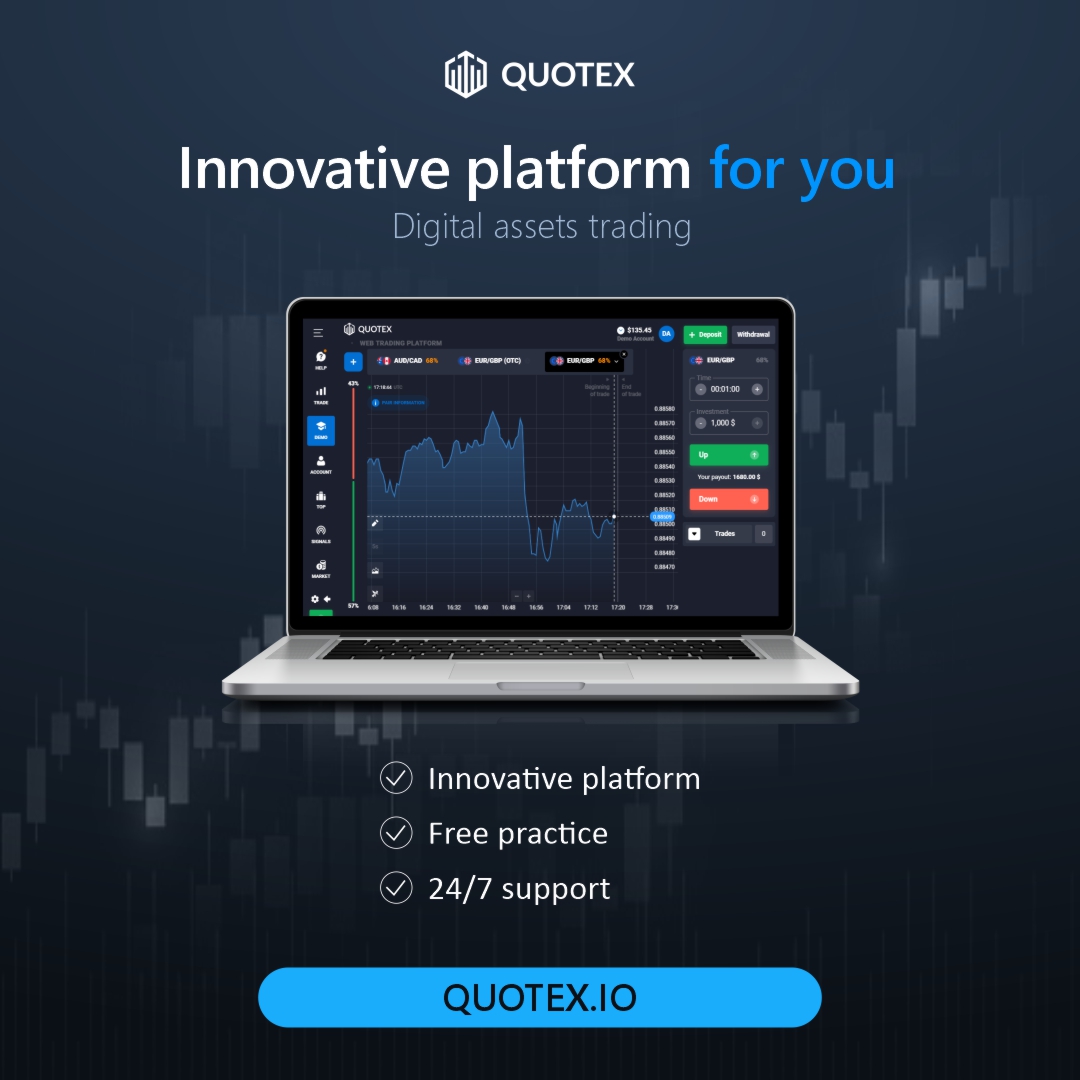- I will have and Rize Labs presents Enigma, a new layer of privacy for the adoption of institutional block chain.
- Enigma brings Rollups encrypted to public blockchains, which resolves long data compensation between transparency and confidentiality.
LeverageA modular provider of blockchain infrastructure has been associated with Rize Labs to launch Enigma, an update focused on privacy to the data availability layer (DA) of applies. The new solution allows institutions to implement private -to -end connected rollups without sacrificing the scalability and interoperability of public block chain networks.
As the regulatory scrutiny and the adoption of Blockchain business continue to rise, one of the central challenges that affect public block chains is still not resolved: how to preserve the confidentiality of transactions without undermining transparency and verifiability. Enigma is the response of Divense to this challenge, which allows the accumulated encrypted data to be published and verified in public layers of DA, which mark a possible turning point for the adoption of web3 of institutional degree.
Enterprise Privacy meets Web3 scalability
Traditionally, the institutions that explore the integration of Blockchain, such as banks, hospitals and government agencies, have had to choose between two imperfect models: curly public ones that filter confidential data to the main book or isolated private chains that lack interoperability and guarantees of trust.
Enigma, developed in collaboration with Rize Labs, changes this paradigm. When encrypting the transaction data before reaching the DA layer and integrating zero knowledge tests (ZK proof) and multi -party computing (MPC), Enigma ensures that despite the fact that the data resided in a public block chain, it remains confidential and cryptographically verifiable.
“Enigma redefines what is possible for companies in public blockchains,” said Anurag Arjun, co -founder of Despse. “Whether you get patient data, liquidate the trades of billions of dollars or the digitalization of land titles, institutions no longer need to choose between privacy and scalability.”
How does Enigma work?
The enigma architecture is misleading but technically sophisticated:
- A company, like a financial institution, launches a private curled up using frames such as arbitrum orbit or polygon CDK.
- Confidential data are encrypted in the application layer and encrypt even more through Enigma before it reaches the Da Distanse layer.
- The encrypted blobs are published to take advantage of DA, where they are validated with ZK tests and are stored safely.
- The selected entities, such as regulators or auditors, can access the deciphered data sets using permission cryptographic keys, allowing compliance verifications without compromising privacy.
This double -layer encryption process guarantees without processing data, metadata and even transaction patterns remain hidden, allowing institutions to use public block chain infrastructure without exposing patented or confidential information.
Why does it matter?
Privacy has been the Achilles heel for the institutional adoption of Blockchain. Public block chains, by design, expose all transactions, while permitted accounting books often lack the effects of the network and security guarantees of decentralized ecosystems.
Enigma offers a third route: the consigniality in layers on the scale, the safety and composability of the public block chain infrastructure. This could attract institutions that manage confidential workflows in sectors such as:
- Health: where the patient’s confidentiality is essential.
- Finance: where commercial secret and regulatory compliance are not negotiable.
- Government: where land records, citizens’ data and identity systems must be auditable and private.
The broader involvement? Enigma can accelerate a wave of business adoption, transforming how real world institutions take advantage of the block chain.
Competitive positioning
The Modular Pila de Despses, built in three central components, Nexus, DA and Fusion, is designed to horizontally climb the blockchain networks. Its “10 GB Infinity Block” roadmap and its multiple asset betting model through Fusion allow interoperability without confidence and resistance to censorship in ecosystems.
While Avail competes in a field full of modular blockchain solutions, Celestia, by custom, Eigenlayer and the Near data availability layer, focuses on institutional confidentiality distinguishes it.
“Enigma changes the game,” said a senior developer of a leading infrastructure firm Defi who asked to remain in anonymity. “Cerve the last important gap that retains the large -scale institutional deployment of public block chain systems.”
I have already hinted at the upcoming integrations with ecosystems based in Ethereum, Bitcoin and Solana, which gives enigma a wide base of potential users. If it runs well, the update could be located in the center of an emerging trend: private but interoperable rolls as company backbones.
Timeline enigma and future plans
Enigma is currently in a private preview and is expected to be launched in the second quarter of 2025, with a public launch of Mainnet planned for the third quarter. Available is to invite early access partners, including banks, hospitals, fentechs and web3 developers, to start integrations and pilot programs.
Companies interested in incorporation can arrive directly through Kyle Rojas, who supervises the implementation and association programs.
In a nutshell: As the global data privacy laws harden and Blockchain business strategies mature, solutions such as enigma can determine if public chains can really serve as an institutional infrastructure.
Read also: Cantor, SoftBank and Tether join a Bitcoin company of $ 3.6b
Discharge of responsibility: The information provided in Alexablockchain is only for informative purposes and does not constitute financial advice. Read the discharge of complete responsibility here.
Image credits: Canvas




